by William E. Welsh
When you mention the Petersburg campaign to someone familiar with Civil War battles, chances are the discussion will turn to the Battle of the Crater. But of course there is much to see at Petersburg National Battlefield because the nine and one-half month campaign involved countless big and small actions.
[text_ad]
Because the Confederate forces were never surrounded it is not accurate to call it a siege. The campaign began in early June 1864 following the disastrous Union attack at Cold Harbor east of Richmond where on June 3 the Army of the Potomac lost upwards of 7,000 men in just one hour in futile frontal assaults against strongly entrenched Confederates.
Lt. Gen. Ulysses S. Grant’s solution to the bloodbath that occurred June 3 was to sidestep Gen. Robert E. Lee’s Army of Northern Virginia again, this time by crossing the James River and attacking Petersburg. In so doing, Grant hoped to capture the key railroad hub crucial to the supply of Lee’s army.
Visiting Petersburg National Battlefield
The Eastern Front Visitor Center can be reached by taking I-95 exit 52 (southbound) and Exit 50D (northbound). At the visitor center you can pick up maps and discuss your tour with a ranger and learn about the siege through exhibits and audio-visual programs. The park service brochure outlines a 33-mile, self-guided auto tour to sites on the eastern and western fronts and nearby Five Forks battlefield. The park service has smaller contact stations at Poplar Grove National Cemetery on the western front, as well as Five Forks Battlefield.
The top seven sites are as follows:
- Grant’s Cabin. Located on the grounds of what was Appomattox Plantation at City Point, Grant worked from a tent on the grounds beginning June 15 until soldiers built a cabin for him in November. The cabin is the only extant one of 22 that were built for Grant and his staff.
- Confederate Battery 5. The battery was one of the strongest points on the first Confederate defensive line known as the Dimmock Line. A trail behind the Eastern Front Visitor Center leads to the battery and also to a massive, 13-inch Union mortar known as The Dictator that hurled 220-pound shells at enemy targets. The battery fell on June 15 at the beginning of the second assault on Petersburg.
- Fort Stedman. Lee launched a counterattack against this Union position on March 25, 1865, in an effort to disrupt increased Union activity west of the city. The three-division assault, which was directed by Maj. Gen. John B. Gordon, achieved initial success. However, a vicious Union counterattack led by Brig. Gen. John F. Hartranft negated the temporary Confederate gains. A loop trail includes Confederate starting point, and also the objective.
- Fort Fisher. The Union strongpoint was the largest earthen fortification on the Petersburg lines. A short distance to the west, Union forces broke through the Confederate siege lines on April 2, 1865, which forced Lee to retreat west.
- The Crater. On July 30, 1864, Union sappers detonated 320 kegs of gunpowder in a mine dug beneath a Confederate position known as Elliott’s Salient. Although the explosion itself killed 300 Confederates, the botched Union attack that followed resulted in upwards of 3,800 Union casualties, which was twice the Confederate losses in the battle that followed the explosion.
- Five Forks Battlefield. A combined Union infantry and cavalry attack on April 1, 1865, against Maj. Gen. George Pickett’s entrenched Confederates initially faltered. But the indomitable Union commander Maj. Gen. Philip Sheridan prevailed and the Yankees routed the Confederates. The battle is considered the last major action of the Petersburg campaign. Five stops are in close proximity to each other.
- Old Town Petersburg. The old town section of Petersburg, which was the commercial hub of the 19th-century city, retains much of the historic character of its bygone days. Among the sites worth seeing are the South Side Railroad Depot, Farmers Market, courthouse, Centre Hill Mansion, and the Siege Museum.
Those who wish to study the battle and historic city in more depth than is provided in the National Park Service’s informative brochure should consult the Auto Tour of Civil War Petersburg and former NPS chief historian Edwin C. Bearss’s multivolume work, The Petersburg Campaign, which is based on his groundbreaking studies on the campaign.
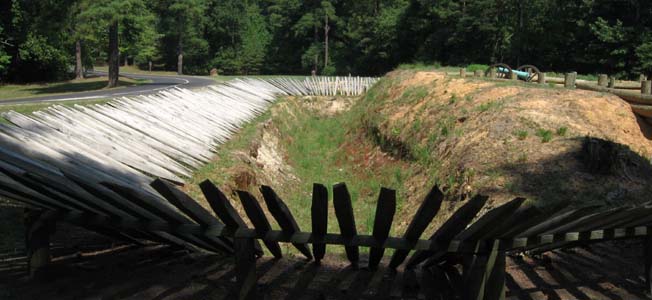

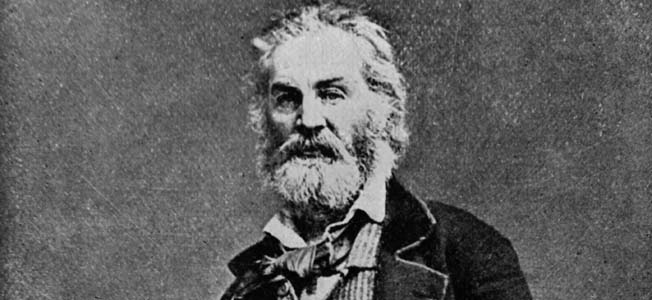

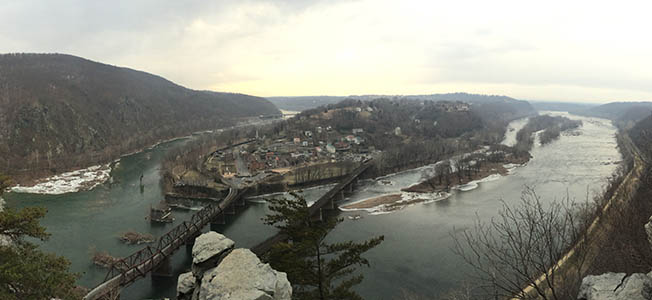
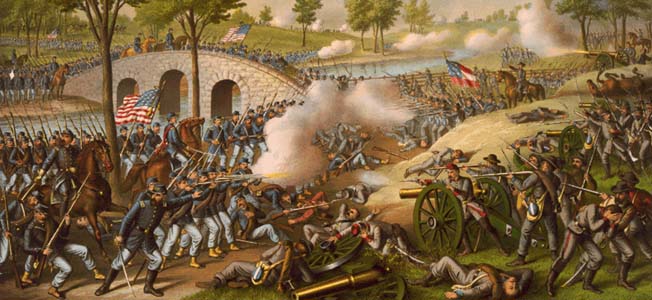
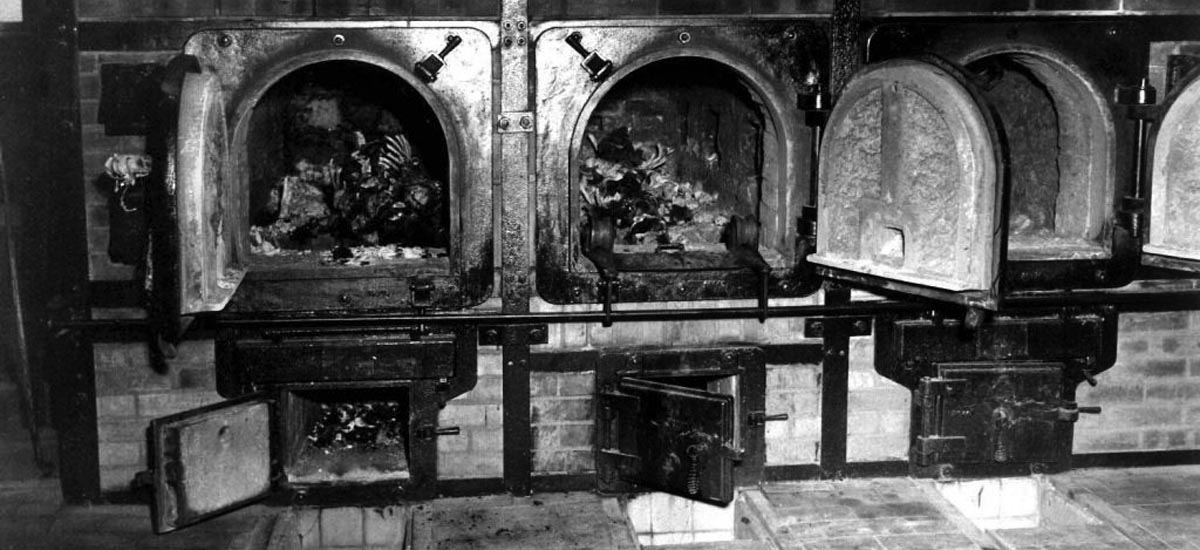
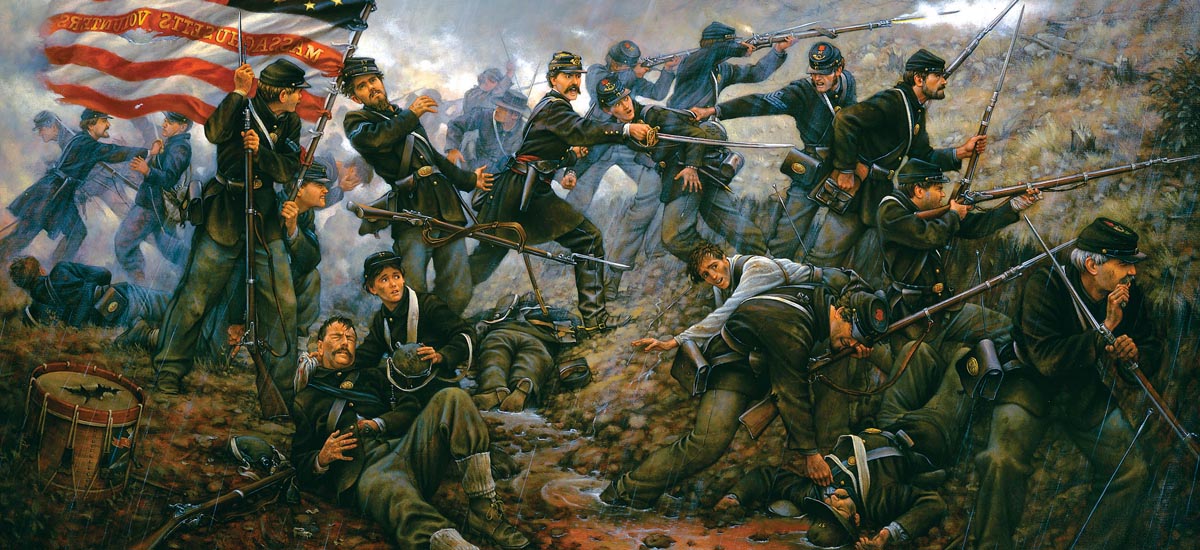
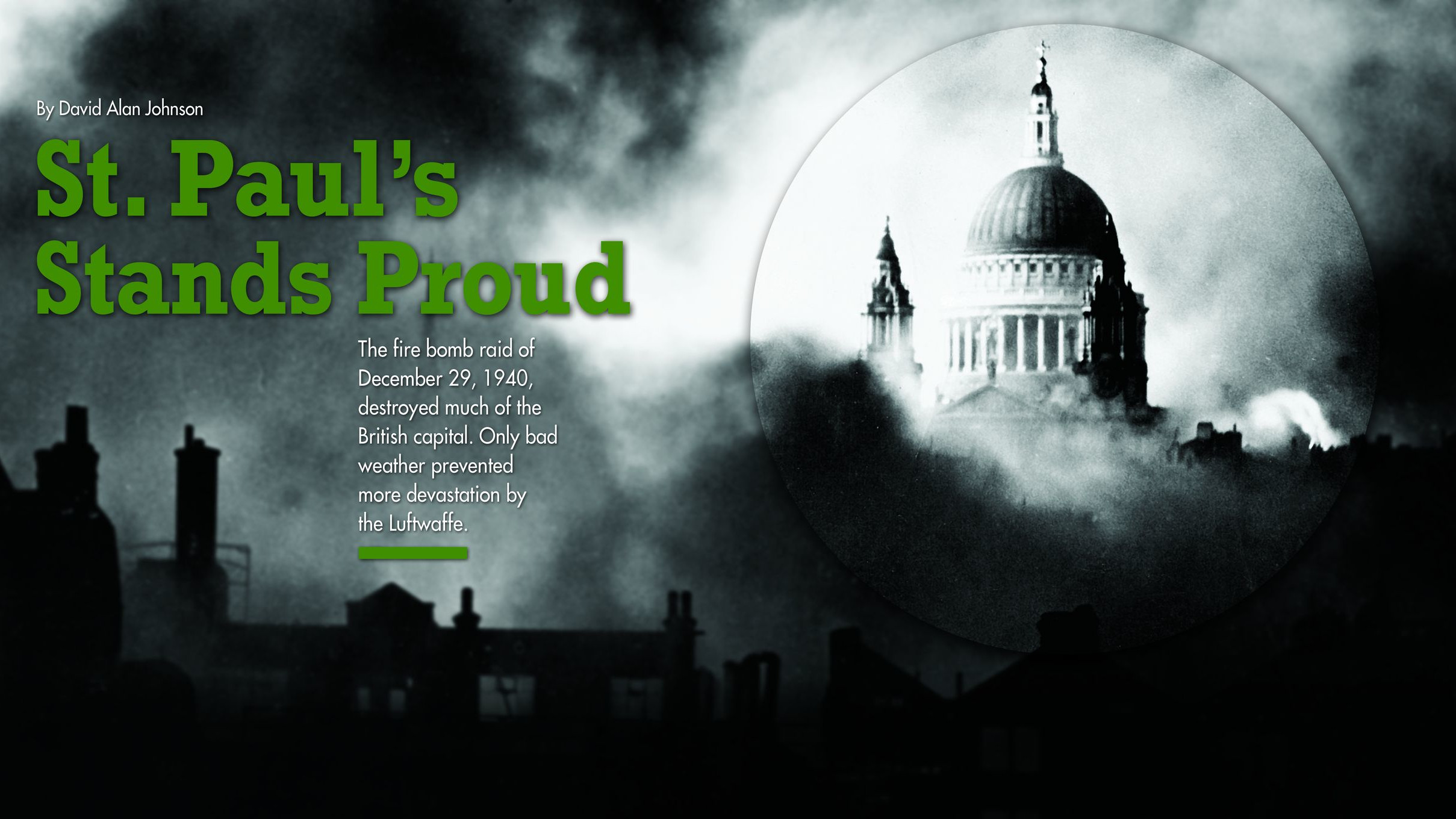
Join The Conversation
Comments
View All Comments